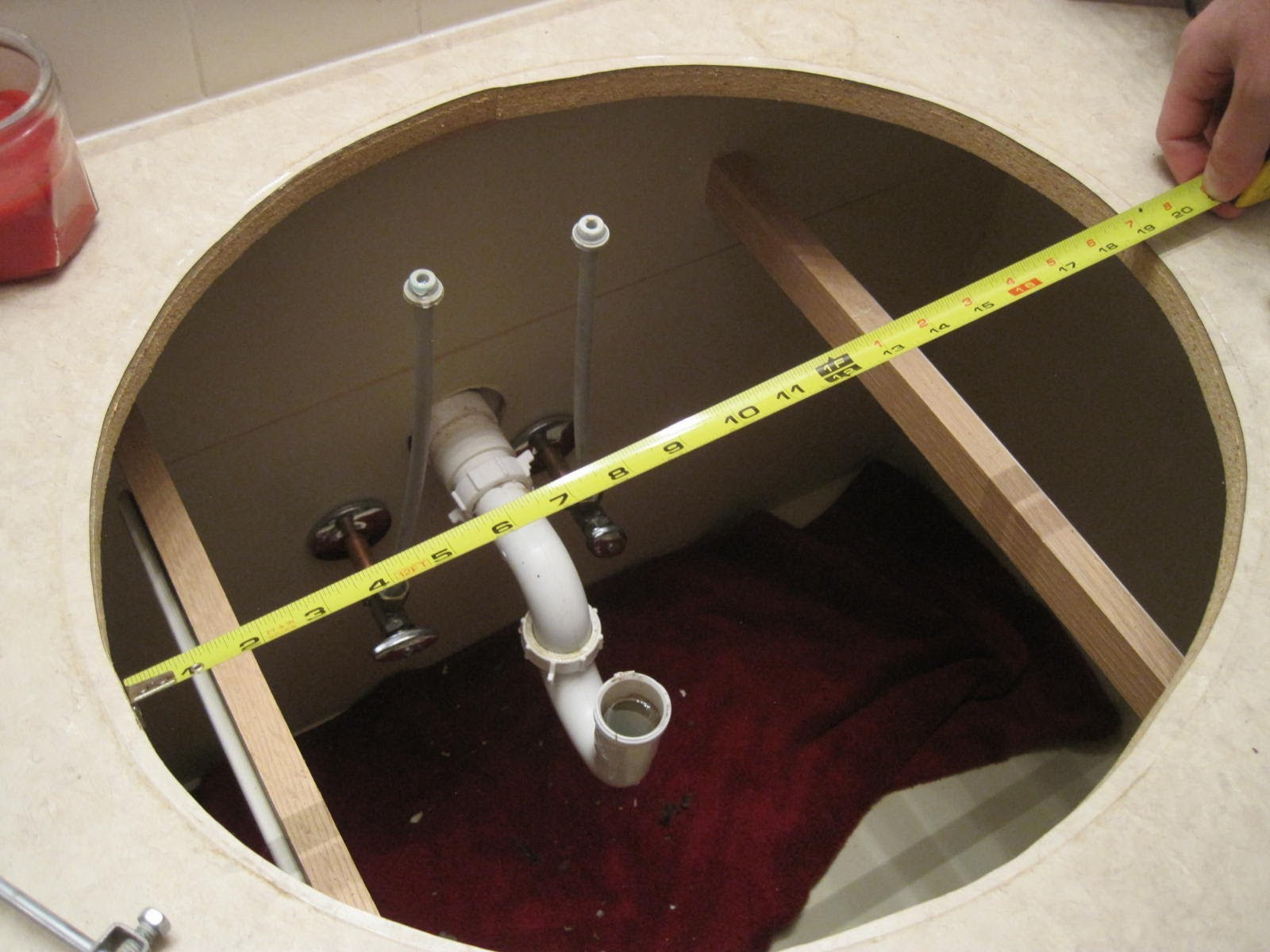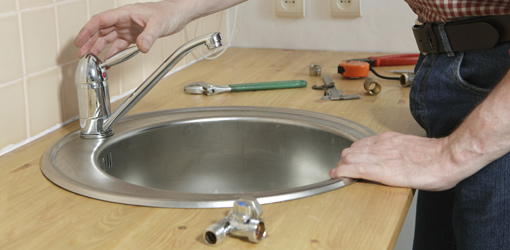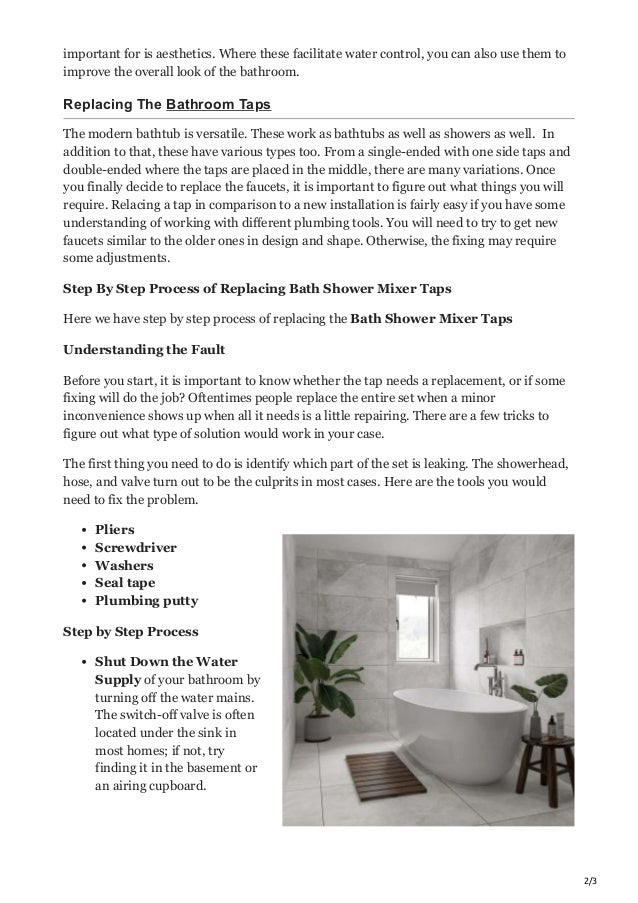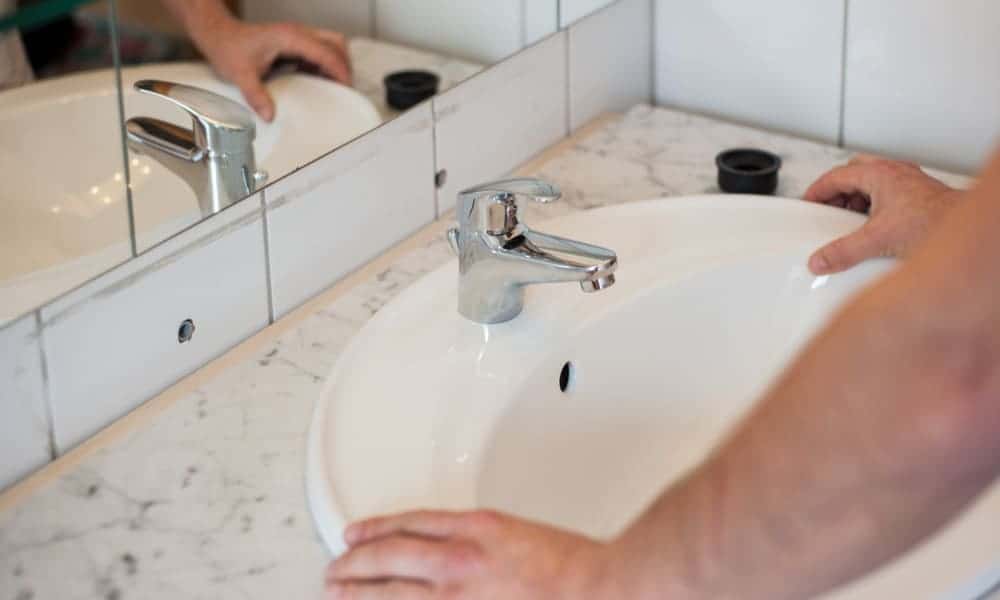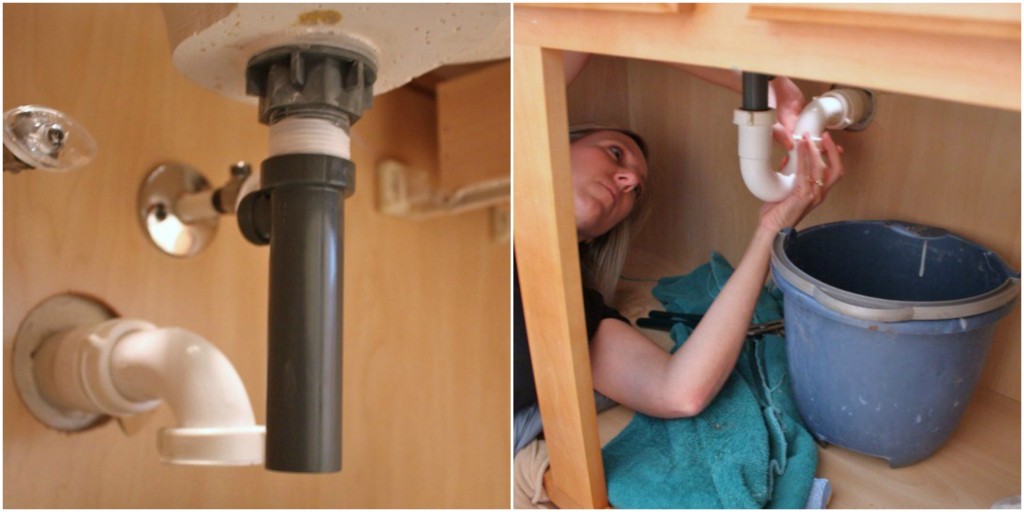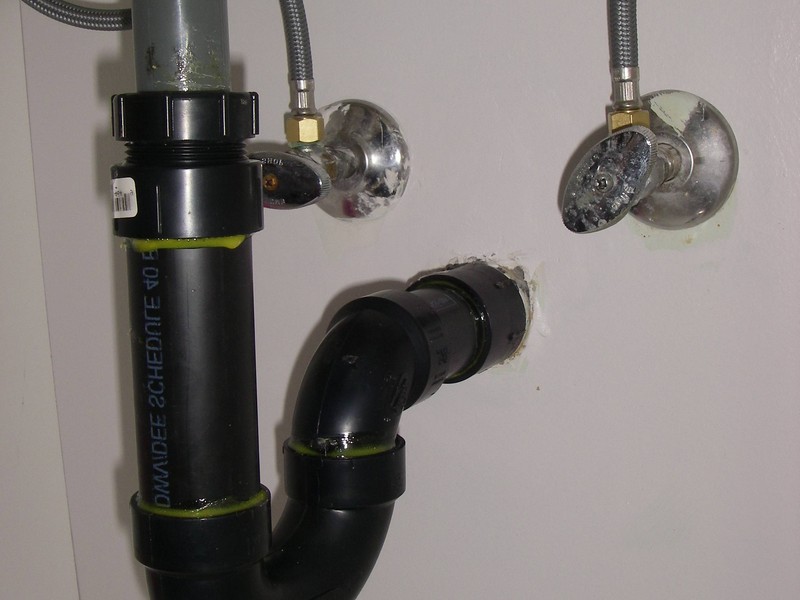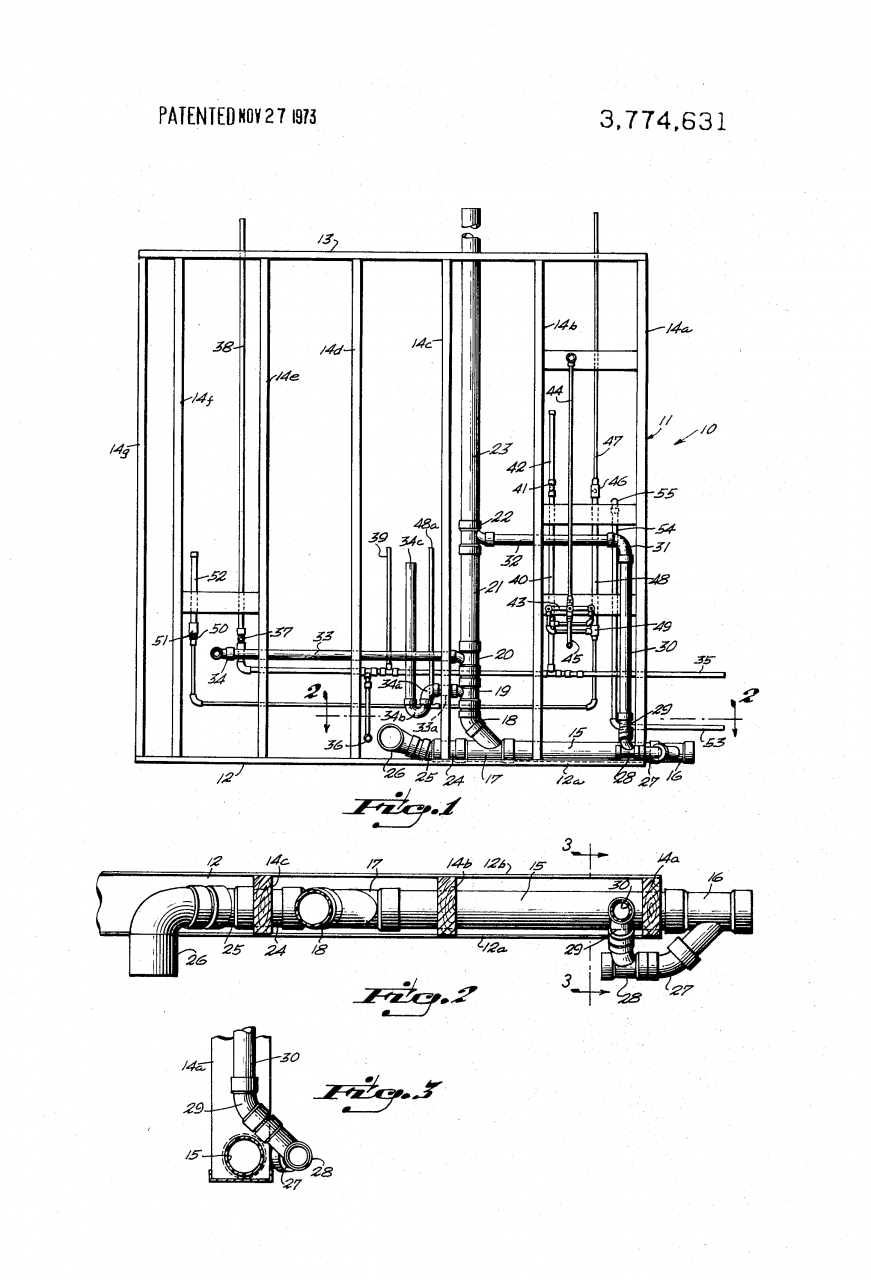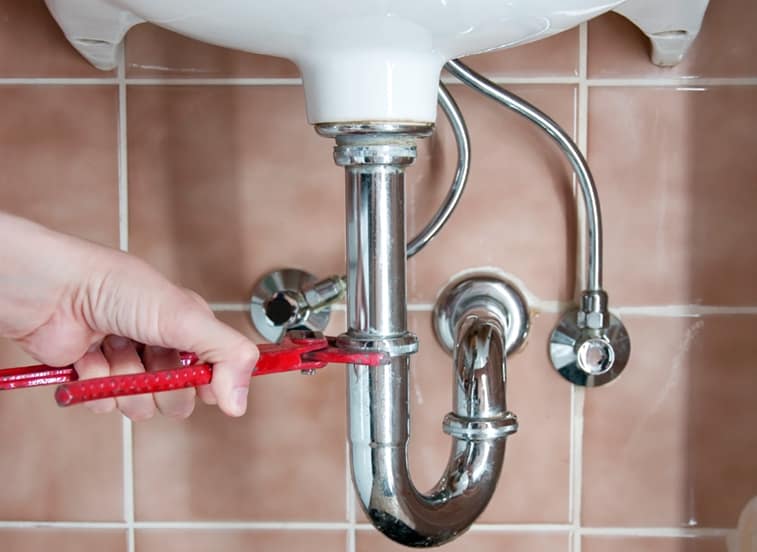Replacing Bathroom Sink Plumbing
Replacing the plumbing of your bathroom sink may seem like a daunting task, but it is a necessary one to ensure the proper functioning of your sink. Over time, pipes can corrode or become clogged, causing leaks and other issues. In this article, we will discuss the top 10 things you need to know about replacing bathroom sink plumbing.
How to Replace a Bathroom Sink Plumbing
If you are a handy person and feel confident in your DIY skills, you may be able to replace your bathroom sink plumbing on your own. However, it is important to follow the proper steps to ensure a successful replacement. Here is a step-by-step guide on how to replace your bathroom sink plumbing:
Step 1: Turn off the water supply to your sink. This can usually be done by turning the shut-off valves located under the sink in a clockwise direction.
Step 2: Remove the old plumbing. This includes the old drain and water supply pipes. You may need to use a wrench or pliers to loosen and remove them.
Step 3: Install the new drain pipe. Apply plumber's putty around the edge of the drain and insert it into the sink's drain hole. Secure it in place with the drain flange and tighten it with a wrench.
Step 4: Install the new water supply pipes. Connect the new pipes to the shut-off valves and the faucet. Make sure to use plumber's tape on the threaded connections to prevent leaks.
Step 5: Turn the water supply back on and check for any leaks. If there are no leaks, you have successfully replaced your bathroom sink plumbing!
DIY Bathroom Sink Plumbing Replacement
Replacing your bathroom sink plumbing on your own can save you money on hiring a professional plumber. However, it is important to know your own limitations and when to call in a professional. Here are some tips for a successful DIY bathroom sink plumbing replacement:
Tip 1: Make sure to have all the necessary tools before starting the project. This may include a wrench, pliers, plumber's putty, and plumber's tape.
Tip 2: Follow the manufacturer's instructions for the new plumbing parts to ensure proper installation.
Tip 3: If you encounter any issues or difficulties during the replacement, do not hesitate to call a professional for assistance.
Step-by-Step Guide for Replacing Bathroom Sink Plumbing
Replacing bathroom sink plumbing requires a certain level of skill and knowledge. If you are not confident in your abilities, it is best to hire a professional plumber to handle the replacement. However, if you are up for the challenge, here is a step-by-step guide for replacing bathroom sink plumbing:
Step 1: Gather all the necessary tools and materials.
Step 2: Turn off the water supply to the sink.
Step 3: Remove the old plumbing.
Step 4: Install the new drain pipe and secure it in place.
Step 5: Install the new water supply pipes and tighten all connections.
Step 6: Turn the water supply back on and check for leaks.
Tools Needed for Replacing Bathroom Sink Plumbing
Having the right tools is crucial for a successful bathroom sink plumbing replacement. Here are some of the tools you may need:
Wrench - used for tightening and loosening pipes and fittings.
Pliers - used for holding and turning pipes and fittings.
Plumber's Putty - used for creating a water-tight seal around the drain.
Plumber's Tape - used for sealing threaded connections to prevent leaks.
Common Issues with Bathroom Sink Plumbing and How to Replace
Over time, bathroom sink plumbing can develop issues such as leaks, clogs, or corrosion. It is important to address these issues promptly to prevent further damage. Here are some common issues with bathroom sink plumbing and how to replace them:
Leaky Pipes: If you notice a leak in your bathroom sink plumbing, it is important to replace the affected pipes. This can be done by following the steps outlined in the DIY or step-by-step guide above.
Clogged Pipes: Clogs in your bathroom sink plumbing can be caused by a buildup of hair, soap scum, or other debris. To replace clogged pipes, you may need to remove and clean the pipes or use a drain cleaner. However, if the clog persists, it is best to call a professional plumber.
Corroded Pipes: Corroded pipes can lead to leaks and other issues. If you notice corroded pipes, it is important to replace them as soon as possible. This may require the help of a professional plumber.
Costs Associated with Replacing Bathroom Sink Plumbing
The cost of replacing bathroom sink plumbing can vary depending on the extent of the replacement and whether you hire a professional or do it yourself. Generally, the cost can range from $200 to $500. However, if there are any additional issues or complications, the cost may increase.
Tips for Hiring a Professional to Replace Bathroom Sink Plumbing
If you are not confident in your DIY skills or do not have the necessary tools, it may be best to hire a professional plumber to replace your bathroom sink plumbing. When hiring a professional, here are some tips to keep in mind:
Tip 1: Do your research and read reviews before hiring a plumber.
Tip 2: Get multiple quotes from different plumbers to compare prices.
Tip 3: Ask for references and check their credentials.
Tip 4: Make sure to discuss the scope of the project and any potential additional costs before hiring.
Video Tutorial: Replacing Bathroom Sink Plumbing
If you are a visual learner, watching a video tutorial can be helpful in understanding the process of replacing bathroom sink plumbing. Here is a video tutorial that outlines the steps for a successful replacement:
Insert link to video tutorial
How to Prevent Future Issues with Bathroom Sink Plumbing
To prevent future issues with your bathroom sink plumbing, it is important to take proper care and maintenance. Here are some tips to prevent future issues:
Tip 1: Use a drain cover to prevent hair and other debris from clogging the pipes.
Tip 2: Avoid pouring grease or oil down the drain as it can solidify and cause clogs.
Tip 3: Regularly clean and maintain your pipes and drains to prevent buildup and corrosion.
In conclusion, replacing bathroom sink plumbing may seem like a daunting task, but with the right tools and knowledge, it can be done successfully. Whether you decide to DIY or hire a professional, it is important to address any issues with your bathroom sink plumbing promptly to prevent further damage. By following the tips and steps outlined in this article, you can ensure a smooth and successful replacement.
The Importance of Properly Replacing Bathroom Sink Plumbing

Why is it important to replace bathroom sink plumbing?
 When it comes to house design, the bathroom is one of the most important rooms that can make or break the overall aesthetic and functionality of a home. And within the bathroom, the sink is an essential feature that is used daily for various tasks such as brushing teeth, washing hands, and getting ready for the day. Therefore, it is crucial to ensure that the plumbing for your bathroom sink is in good condition and functioning properly. Over time, wear and tear can cause plumbing to deteriorate, leading to leaks, clogs, and potential water damage. This is why it is essential to regularly check and replace bathroom sink plumbing when necessary.
When it comes to house design, the bathroom is one of the most important rooms that can make or break the overall aesthetic and functionality of a home. And within the bathroom, the sink is an essential feature that is used daily for various tasks such as brushing teeth, washing hands, and getting ready for the day. Therefore, it is crucial to ensure that the plumbing for your bathroom sink is in good condition and functioning properly. Over time, wear and tear can cause plumbing to deteriorate, leading to leaks, clogs, and potential water damage. This is why it is essential to regularly check and replace bathroom sink plumbing when necessary.
Signs that it's time to replace bathroom sink plumbing
 There are a few tell-tale signs that may indicate it's time to replace your bathroom sink plumbing. One of the most obvious signs is a leak. If you notice water dripping or pooling around your sink, this could be a sign of a broken or damaged pipe. Another sign is a foul odor coming from the drain, which could be caused by a clog or buildup of bacteria and debris in the pipes. You may also notice low water pressure or slow drainage, which can be caused by a blockage or buildup in the pipes. If you experience any of these issues, it's essential to address them promptly to prevent further damage and ensure the safety and functionality of your bathroom.
There are a few tell-tale signs that may indicate it's time to replace your bathroom sink plumbing. One of the most obvious signs is a leak. If you notice water dripping or pooling around your sink, this could be a sign of a broken or damaged pipe. Another sign is a foul odor coming from the drain, which could be caused by a clog or buildup of bacteria and debris in the pipes. You may also notice low water pressure or slow drainage, which can be caused by a blockage or buildup in the pipes. If you experience any of these issues, it's essential to address them promptly to prevent further damage and ensure the safety and functionality of your bathroom.
The benefits of replacing bathroom sink plumbing
Professional vs. DIY plumbing
 Some homeowners may consider replacing bathroom sink plumbing themselves to save on costs. However, this is not recommended as it requires specialized knowledge and tools. Without proper training and experience, you could end up causing more damage and incurring higher costs in the long run. It's always best to hire a professional plumber who can accurately assess the situation and provide the best solution for your specific needs. They have the expertise and equipment to get the job done efficiently and effectively, ensuring the safety and quality of your bathroom plumbing.
In conclusion, replacing bathroom sink plumbing is an essential aspect of house design that should not be overlooked. Regular maintenance and timely replacements can prevent potential damage and improve the functionality of your bathroom. Don't hesitate to hire a professional plumber to ensure the job is done correctly and to enjoy the benefits of a properly functioning sink.
Some homeowners may consider replacing bathroom sink plumbing themselves to save on costs. However, this is not recommended as it requires specialized knowledge and tools. Without proper training and experience, you could end up causing more damage and incurring higher costs in the long run. It's always best to hire a professional plumber who can accurately assess the situation and provide the best solution for your specific needs. They have the expertise and equipment to get the job done efficiently and effectively, ensuring the safety and quality of your bathroom plumbing.
In conclusion, replacing bathroom sink plumbing is an essential aspect of house design that should not be overlooked. Regular maintenance and timely replacements can prevent potential damage and improve the functionality of your bathroom. Don't hesitate to hire a professional plumber to ensure the job is done correctly and to enjoy the benefits of a properly functioning sink.












